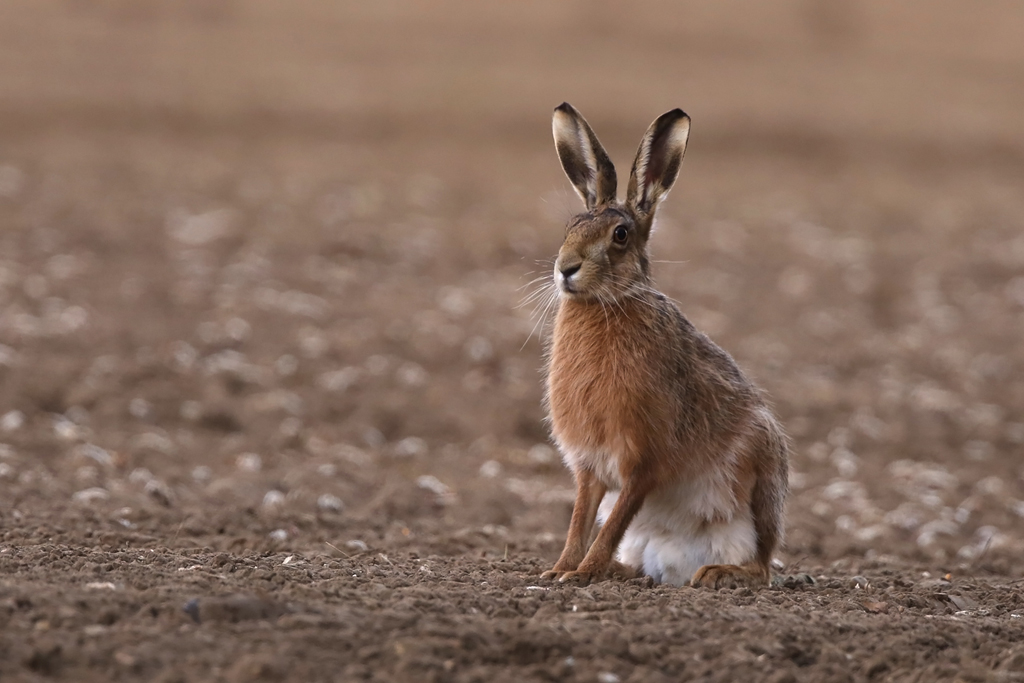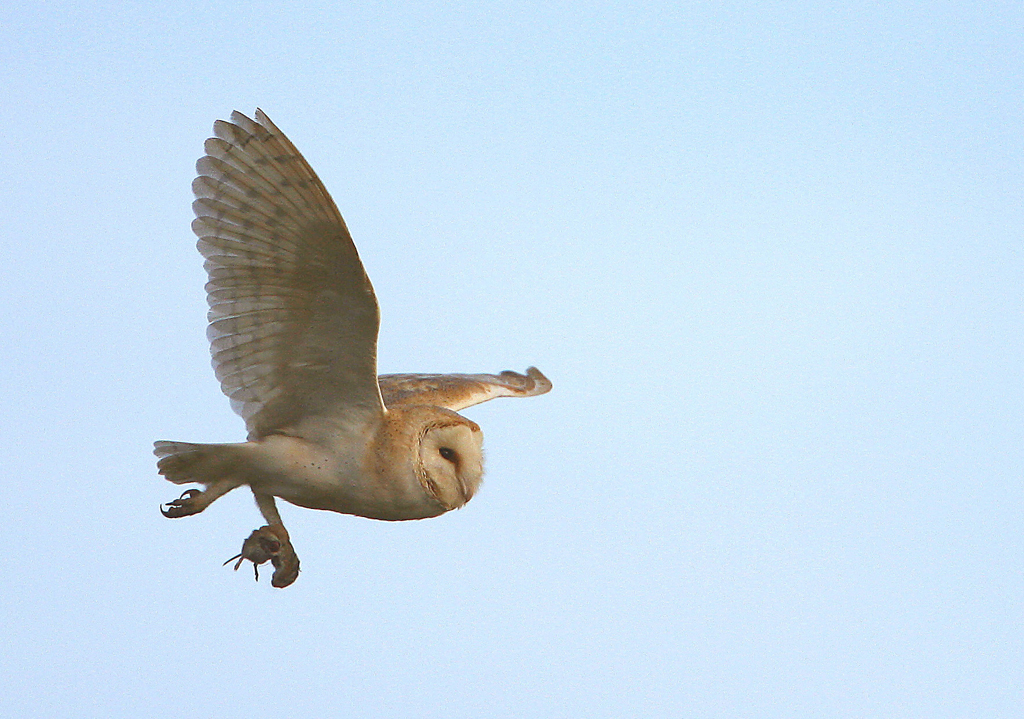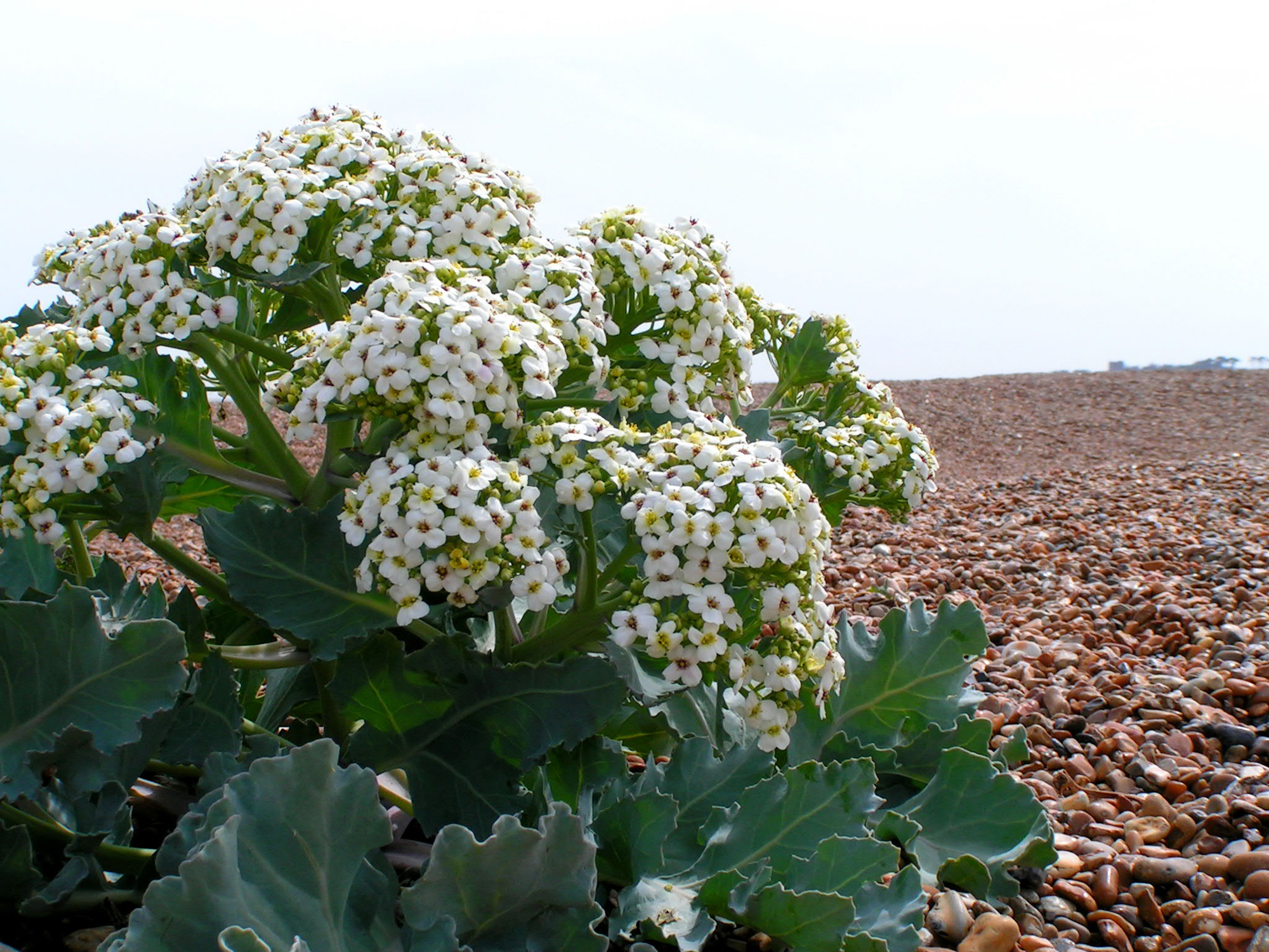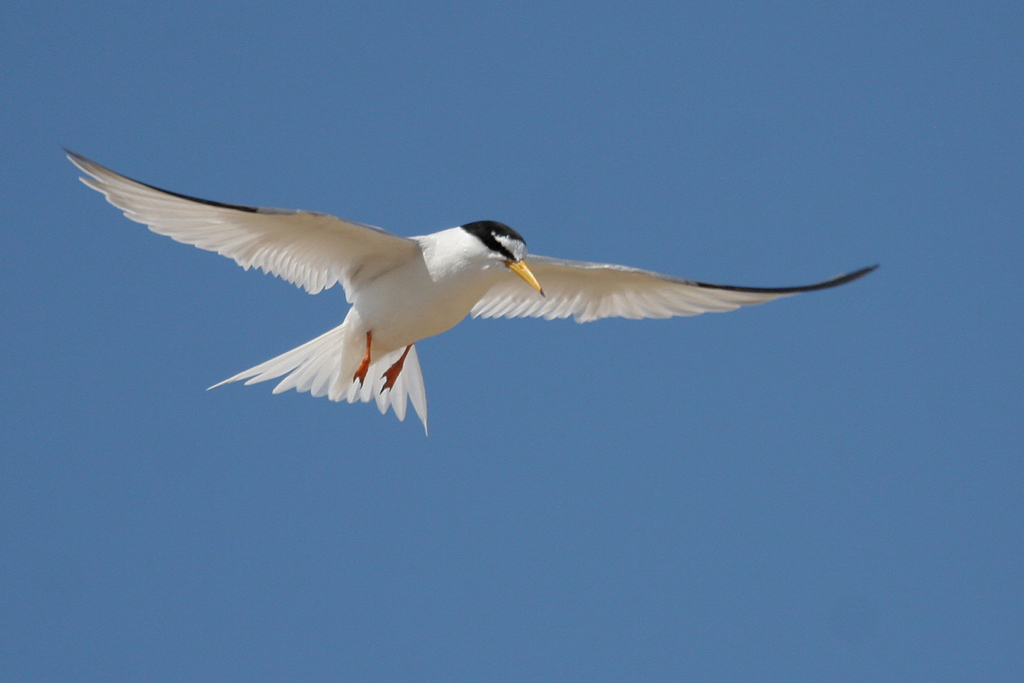Village Voices Nature Note: hidden beauty
03 Aug 2020
One positive thing about lockdown has been realising how much foreign travel you can do very close to home. No need to go to Majorca or Marrakesh - or even Margate. Just set up a moth trap in your back garden overnight and Brindled Beauty you’ll see the most exotic sights in the morning. The Brindled Beauty I caught last night, for example, is just what it says on the tin, though the ‘beauty’ here is not an obvious one. It’s not brightly coloured but has a very subtle combination of textures and patterns that might have appealed to the fabric designers who were leading lights in the Aurelians, the society of moth and butterfly fanciers in the 17th century when many of our moths were given their current names. It’s the same with some birds. Who could improve on the beauty of a wryneck, woodcock or nightjar, each patterned from a palette of browns, greys and black to provide perfect camouflage in their natural surroundings. Subdued in one sense but just gorgeous when you see them close-up.
And talking of fabrics, another specimen in the catch this morning was a Muslin Moth, a male one. There’s an unusually marked difference between males and females in this species: the females are a rather grand ermine-white with just a few scattered black spots to add a touch of class; but the male is a drab, sooty colour, which perhaps accounts for its scientific name mendica ‘beggarly’. Apparently, the males are only active by night and the females by day. Presumably they just meet for breakfast/supper (? brupper), though I can’t quite see the evolutionary advantage in that.
An even more striking discovery was a Poplar Hawkmoth. This is a huge moth, which couldn’t look more conspicuous when clinging to an egg- box, as in this image. The patterning is again very subtle but it’s all there for a purpose. The orange patch just visible on the hindwing can be flashed to startle enemies. The wings themselves look like some advanced aeronautical-like design, but the function is one of camouflage not speed. The forewing is semi- detached from the hindwing, so in its resting posture on a branch the moth perfectly resembles a bunch of dead leaves. Finally it hangs around like that because it has no functioning proboscis and can’t feed. It doesn’t need to because its only purpose in life is to live long enough to mate, lay eggs and perpetuate its genes. Then the same cycle starts (and ends) for its descendants.
When I release the moths in the garden they disappear without trace, like a fading dream. Such extraordinary creatures - and a whole world you can explore without leaving home.
And talking of fabrics, another specimen in the catch this morning was a Muslin Moth, a male one. There’s an unusually marked difference between males and females in this species: the females are a rather grand ermine-white with just a few scattered black spots to add a touch of class; but the male is a drab, sooty colour, which perhaps accounts for its scientific name mendica ‘beggarly’. Apparently, the males are only active by night and the females by day. Presumably they just meet for breakfast/supper (? brupper), though I can’t quite see the evolutionary advantage in that.
An even more striking discovery was a Poplar Hawkmoth. This is a huge moth, which couldn’t look more conspicuous when clinging to an egg- box, as in this image. The patterning is again very subtle but it’s all there for a purpose. The orange patch just visible on the hindwing can be flashed to startle enemies. The wings themselves look like some advanced aeronautical-like design, but the function is one of camouflage not speed. The forewing is semi- detached from the hindwing, so in its resting posture on a branch the moth perfectly resembles a bunch of dead leaves. Finally it hangs around like that because it has no functioning proboscis and can’t feed. It doesn’t need to because its only purpose in life is to live long enough to mate, lay eggs and perpetuate its genes. Then the same cycle starts (and ends) for its descendants.
When I release the moths in the garden they disappear without trace, like a fading dream. Such extraordinary creatures - and a whole world you can explore without leaving home.
Jeremy Mynott








